The rising global warming crisis could be fueling future pandemics by dramatically increasing the risk of viruses jumping into humans from other animals. The warming planet will increase the burden of diseases.
Over the course of the next 50 years, climate change could drive thousands of such viruses to jump from one species to another. This shuffling of viruses may potentially increase the risk and cause a new pandemic, a hidden and far-reaching cost of the climate crisis that humanity must pay.
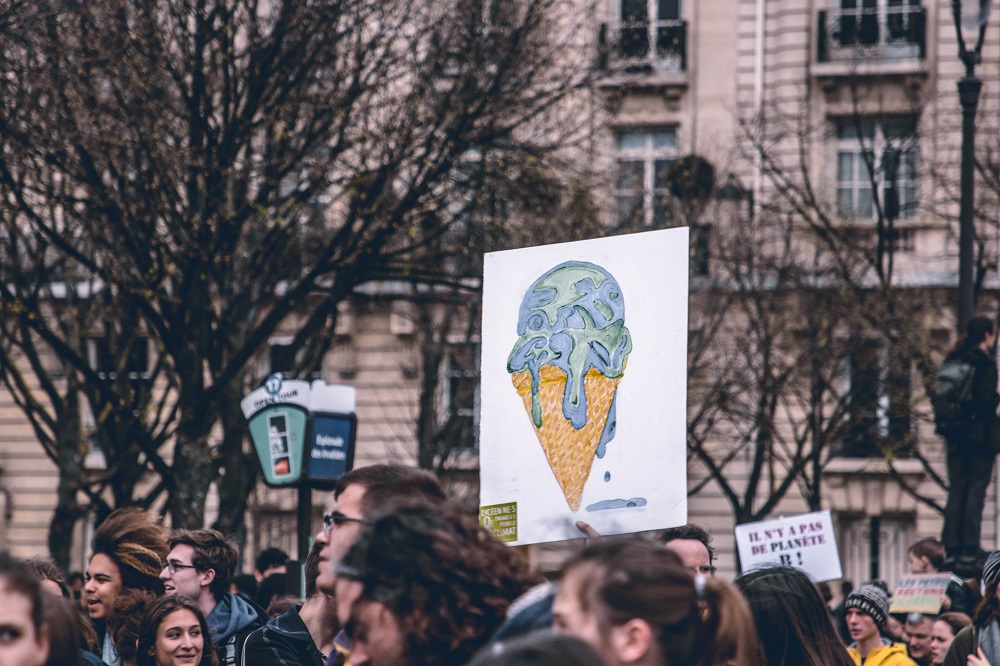
Scientists have long warned that the rising temperature may increase the burden of infections. Malaria, for example, spreads when the mosquitoes that carry it expand their range into warming regions. But with climate change, humanity can usher in entirely new diseases that will allow pathogens to move into new host species.
With the climate crisis, the possibility of animals shifting their habitats to the same places as humans is increasing disproportionately, thereby amplifying the risk of viral spillover. And the current efforts to adopt sustainable means to reduce greenhouse gas emissions may not thwart these events from unfolding.
The rising temperatures will particularly have alarming effects on bats. A winged mammal, bats can travel long distances and are responsible for most of the novel viral sharing.
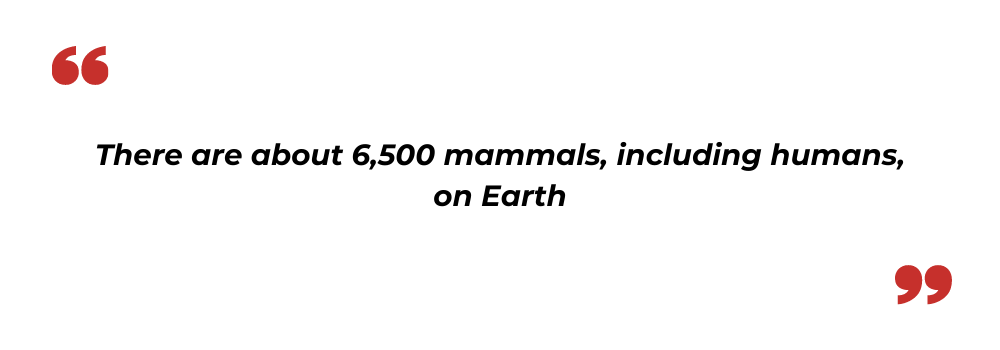
The Big Number
Based on a recent study - 10,000 - that’s how many viruses there are that are capable of infecting humans. Most of these viruses are silently circulating in wild mammals. While the virus spillover events are usually rare, they have become occurring more frequently due to problems like habitat destruction, which is bringing animals into a closer vicinity to humans. This virus jumping between varied species is also dramatically impacting wildlife as well as conservation.
Climate change is leading to the creation of innumerable hotspots of future zoonotic (viruses jumping between species) risk or presents a zoonotic risk.
Researchers had warned that there are nearly 3,700 different animals that could encounter the 13 species known to harbor the Ebola virus for the first time due to climate change. Such findings are particularly ominous for humans. When the viruses move to a new host species, they adapt and evolve, thus potentially developing in ways that can make them more likely to infect humans.
Read more: ESG & Sustainability: Shaping the Future of Digitized Procurement Value Chain
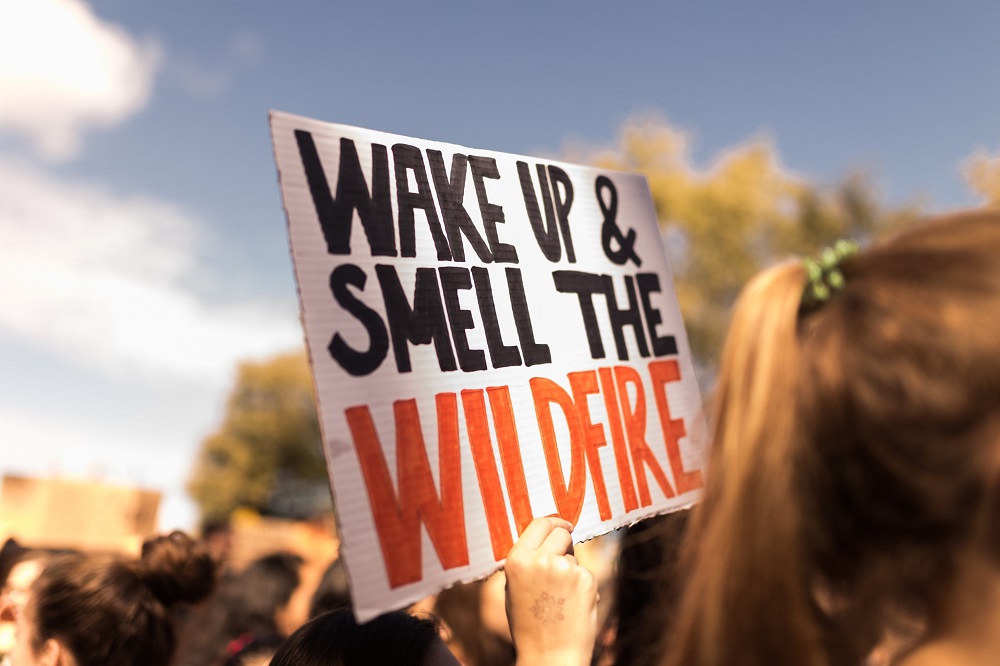
Transmission: The link between climate change and virus jump
Climate changes are increasing the pressure on animal species to migrate and carry with them thousands of new chances for viruses to transmit from one to another in the coming decades.
When viruses begin to jump between host species at unprecedented rates, the effects can be seen in both conservation and human health. This mechanism throws light on yet another layer of how climate change crises are threatening human and animal health. While it still cannot be uncovered how these new viruses affect the species involved, they are translating to new conservation risks and fueling the emergence of novel outbreaks.
Why does it matter?
Pandemics like Ebola, HIV, bird flu, SARS, and even COVID-19 started with spillovers of virus transmission from wildlife and livestock to humans. These events increased the chances of a pandemic.
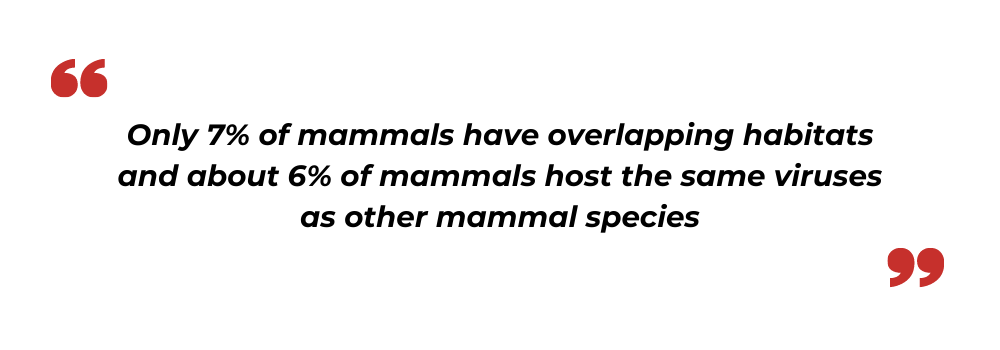
As per the study published in the journal Nature, climate change crisis and land-use shifts will likely push pathogens' host animals to places where they will mingle with other species. These inter-species connections will lead to the development of reservoirs for viruses, thus threatening endangered species and increasing the chances of pandemics. These species-to-species virus jumps could go undetected if the current surveillance does not watch or monitor the jump from wildlife to humans.
The COVID-19 pandemic is one such case of a cross-species transmission event. The chances of such transmission happening more in the future are highly likely given the changing environment.
How it works?
A pathogen's capability to jump from one species to another relies on whether the host gets an opportunity to interact and how similar the two host species are.
With about 6,500 mammals, including humans, on Earth, all are potential hosts for these pathogens. Due to changes in their habitat driven by global warming, many are under new pressure. Only 7% of mammals have overlapping habitats, and about 6% of mammals host the same viruses as other mammal species.
As most jumps to new species are dead ends for these viruses, they do not make their hosts sick and thus fail to spread. But the pathogens that can successfully interact with the host can be devastating, as this could lead to the beginning of a new pandemic outbreak.

Understanding the Big Picture
Climate change is significantly ratcheting up the strain on a wide range of species as their habitats are being altered in potentially irreversible ways.
With human actions driving temperatures upwards, leading to the climate crisis, this process of the beginning of the next pandemic could already be well underway. The efforts to cut greenhouse gas emissions may not be sufficient to stave off the transmission of these viruses between species.
Spotting these host jumps in real-time could be the only way to prevent this process of more spillovers and future pandemics. With the ongoing research, scientists are getting closer to predicting and preventing the next pandemic than ever before. With this big step towards predictions, the world can now start working on the other harder half of the problem.
Regardless of how we mitigate climate change, these viral sharing events will likely take place in the next 20 years and are going to happen. Even if we curb carbon emissions, the growth in viral events cannot be completely prevented, as climate change is already driving them.
With the Earth's climate continuing to warm, researchers are predicting that the crisis will force wild animals to relocate their habitats to regions with extensive human populations. The increasing risk of this viral jump could usher in the next pandemic.
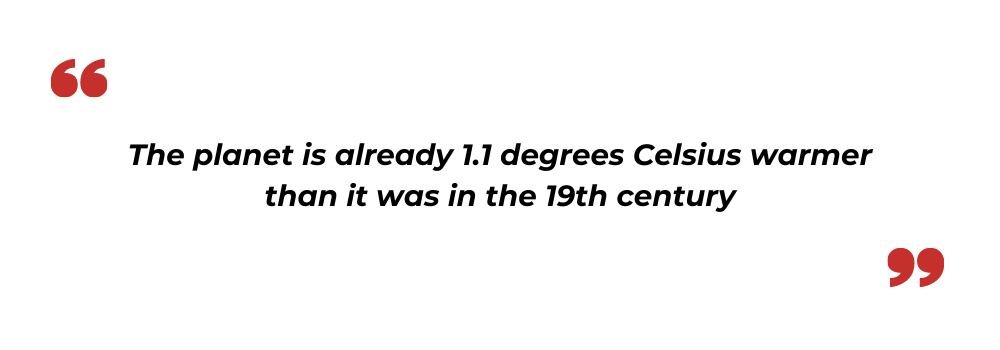
Read more: Climate Action Warriors – Top 15 Women Leaders Fighting Climate Change
Key Takeaways
-
With the world getting warmer, many animals will be compelled to find new locations to live, thus taking any parasites and pathogens they carry along with them.
-
Climate change will most likely alter the geographic range of around 3,100 mammal species, and this might influence the transmission of viruses between species.
-
Even under the most favorable climate forecasts, researchers are predicting that climate change will trigger at least 15,000 new instances of viruses transiting between species.
-
Researchers have predicted that these spillover events will be driven by bats, which can travel extensive distances and will likely carry pathogens that would infect humans.
-
While it cannot be precisely predicted how the new viruses will affect the species involved, researchers are suggesting that they will fuel the novel outbreaks in humans.
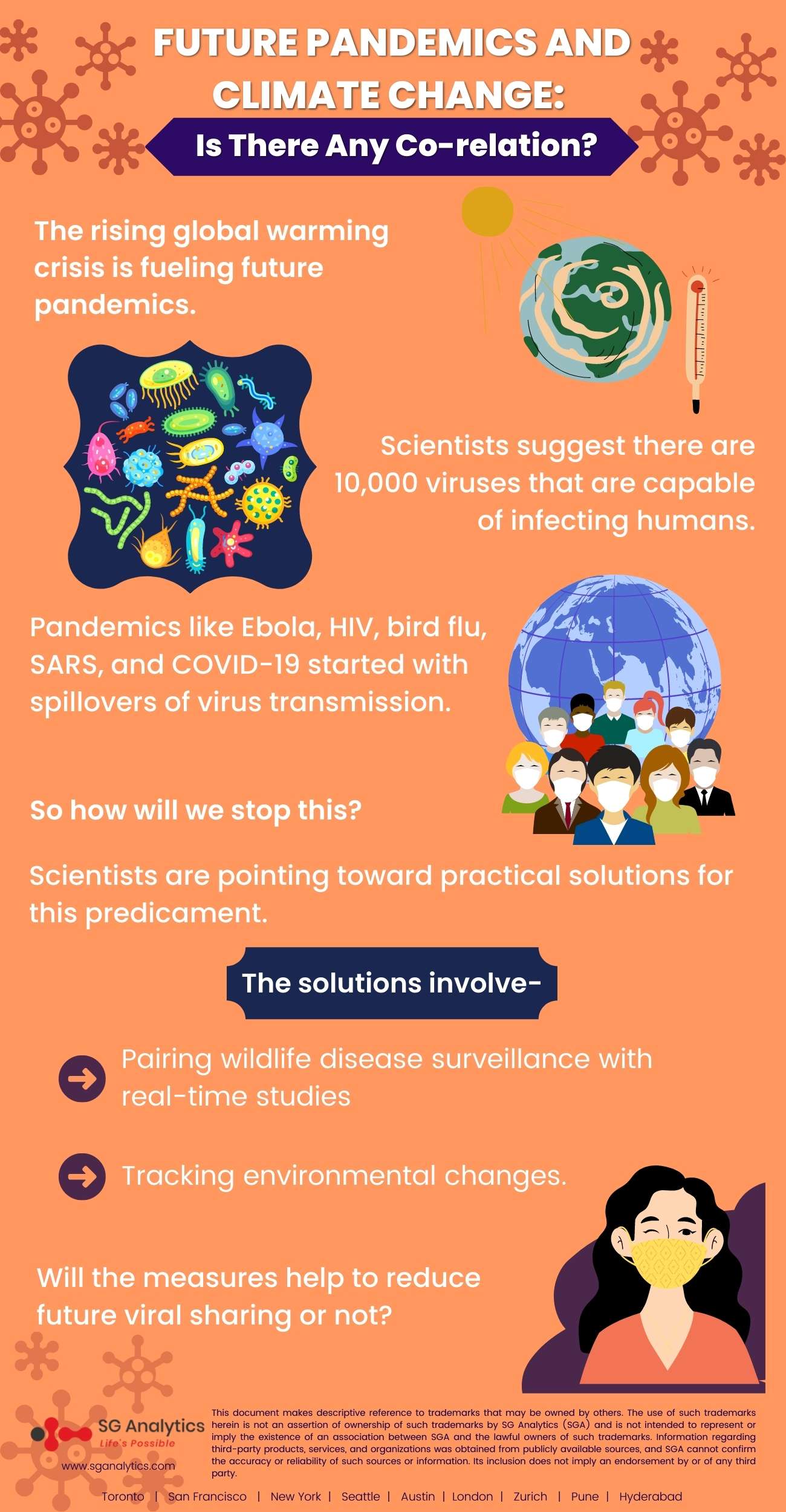
The Bottom Line
Climate change or climate crisis are poised to become the most significant upstream risk factor for infection emergence. The crisis is likely to surpass deforestation, wildlife trade, and even industrial agriculture. It is now time to focus our efforts on addressing land-use changes along with ways to mitigate these occurrences. Climate change and land use are correlated. Over time climate change will evolve and become an even bigger driver of these events. This crisis shows evidence that the coming decades will not only be hotter but sicker.
Scientists are pointing toward practical solutions to this new predicament, and there is still a ray of optimism for humanity. These solutions involve pairing wildlife disease surveillance with real-time studies of tracking environmental changes.
With the planet being already 1.1 degrees Celsius warmer than it was in the 19th century, climate-driven spillovers may start long before 2070. Even if the world collectively succeeds in keeping the warming in this century under 2 degrees Celsius or 3.6 degrees Fahrenheit - an internationally recognized upper limit for global warming - it is hard to deduce if we will be reducing future viral sharing or not.
With presence in New York, San Francisco, Austin, Seattle, Toronto, London, Zurich, Pune, and Hyderabad, SG Analytics, a pioneer in Research and Analytics, offers tailor-made services to enterprises worldwide.
A leader in ESG Consulting services, SG Analytics offers bespoke sustainability and ESG consulting services and research support for informed decision-making. Contact us today if you are in search of an efficient ESG integration and management solution provider to boost your organization's sustainable performance.









